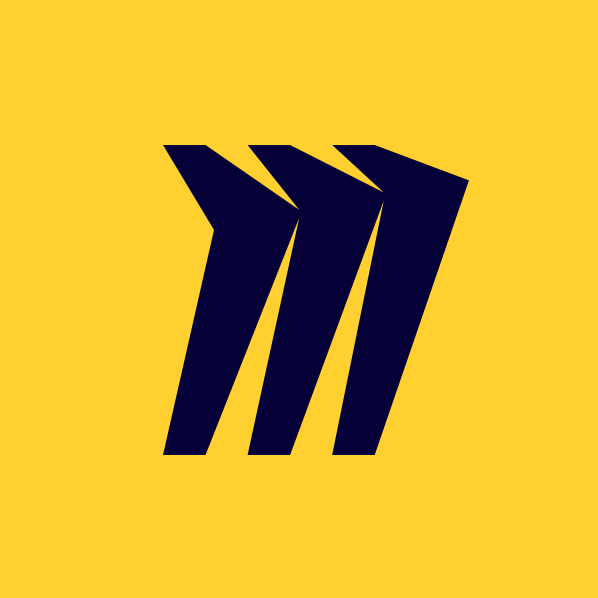About the Kano model template
What is the Kano model?
The Kano model is a method for prioritizing features on a product roadmap. Prioritization is assigned based on the likelihood that a given feature will satisfy your customers. Product teams can use the Kano model to weigh a high-satisfaction feature against the costs of implementation, making it easier to decide whether they should add this feature to the roadmap. Many product managers prioritize features by grouping them into categories based on whether they are likely to disappoint, satisfy, or delight customers.
How does the Kano model work?
The Kano model uses two axes: satisfaction and functionality. The axes create a quadrant with four values: attractive, performance, indifferent, and must-be. Teams can use this model to understand, prioritize, and integrate the main categories of customer requirements into the products they develop. When teams understand which requirements are most valuable to customers, they can plan and use resources wisely.
What are the four categories in the Kano model?
The Kano model classifies features into four categories based on how customers might react to them.
Performance: These features directly impact whether the product is good at performing its intended function. Put another way: the more of this feature you receive, the greater your satisfaction will be. Gas mileage is the most common example. When you’re buying a car, you treat gas mileage as a Performance attribute.
Must-be: Customers expect these features. If your product doesn’t have one, then your customers will consider your project bad or incomplete. For example, you expect your car to have brakes. If it doesn’t have brakes, you’re not buying it.
Attractive: Although these features aren’t strictly necessary, they cause a positive reaction. A leather interior doesn’t make a car work any better, but it’s nice to have and increases the value of the car.
Indifferent: The presence or absence of this feature does not impact you in any way. Organizations typically avoid working on features that fall into this category because they are a waste of resources.
Create your own
Now that you know how to create your own Kano model, get started with this free template. It’s easy to create and share it with your teammates.
Who should use the Kano Model?
The Kano model is generally used by product managers and UX designers to determine which features lead to more satisfied customers and guide their decision-making. User researchers may also find the Kano model helpful when planning out areas of focus and questions to ask customers.
